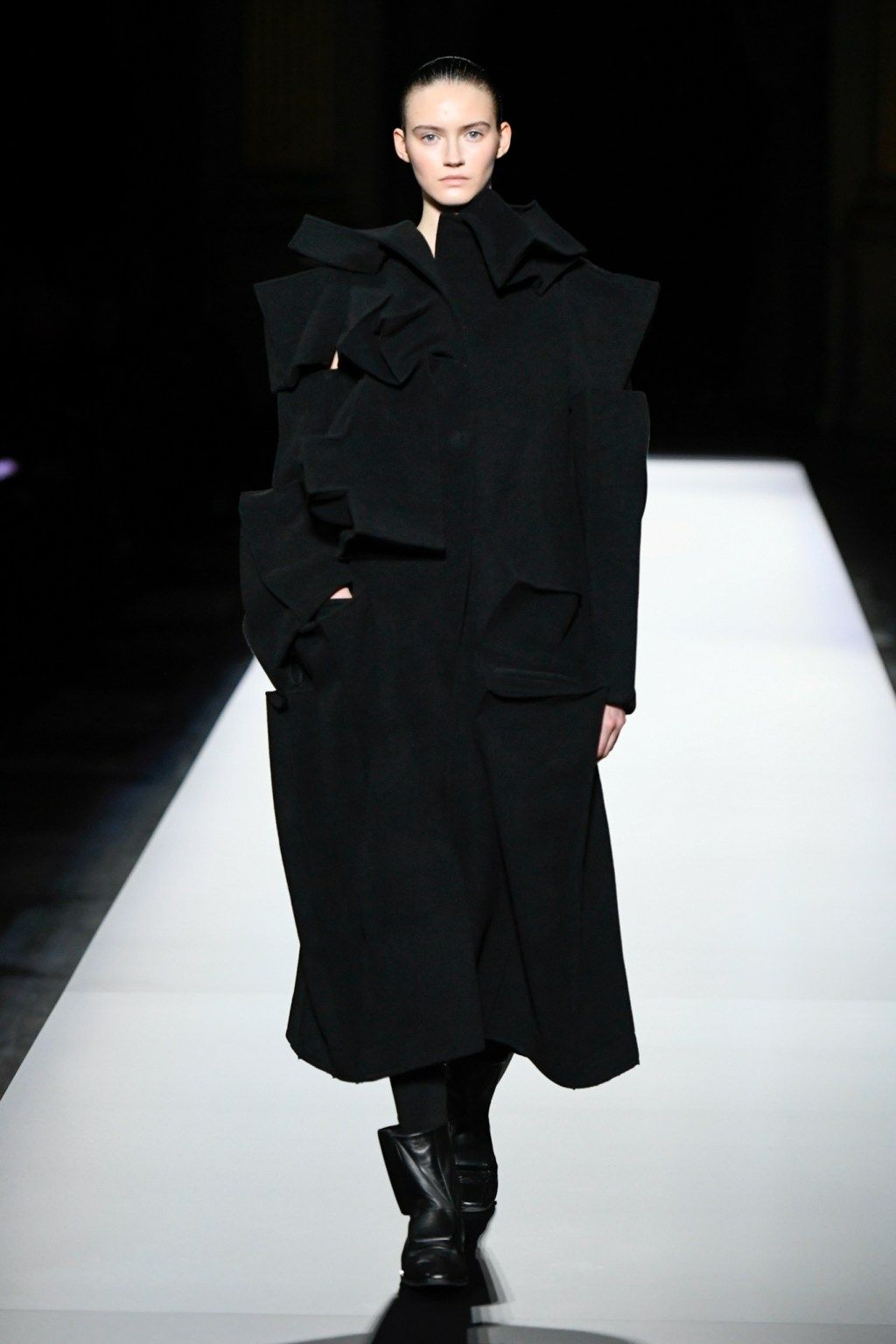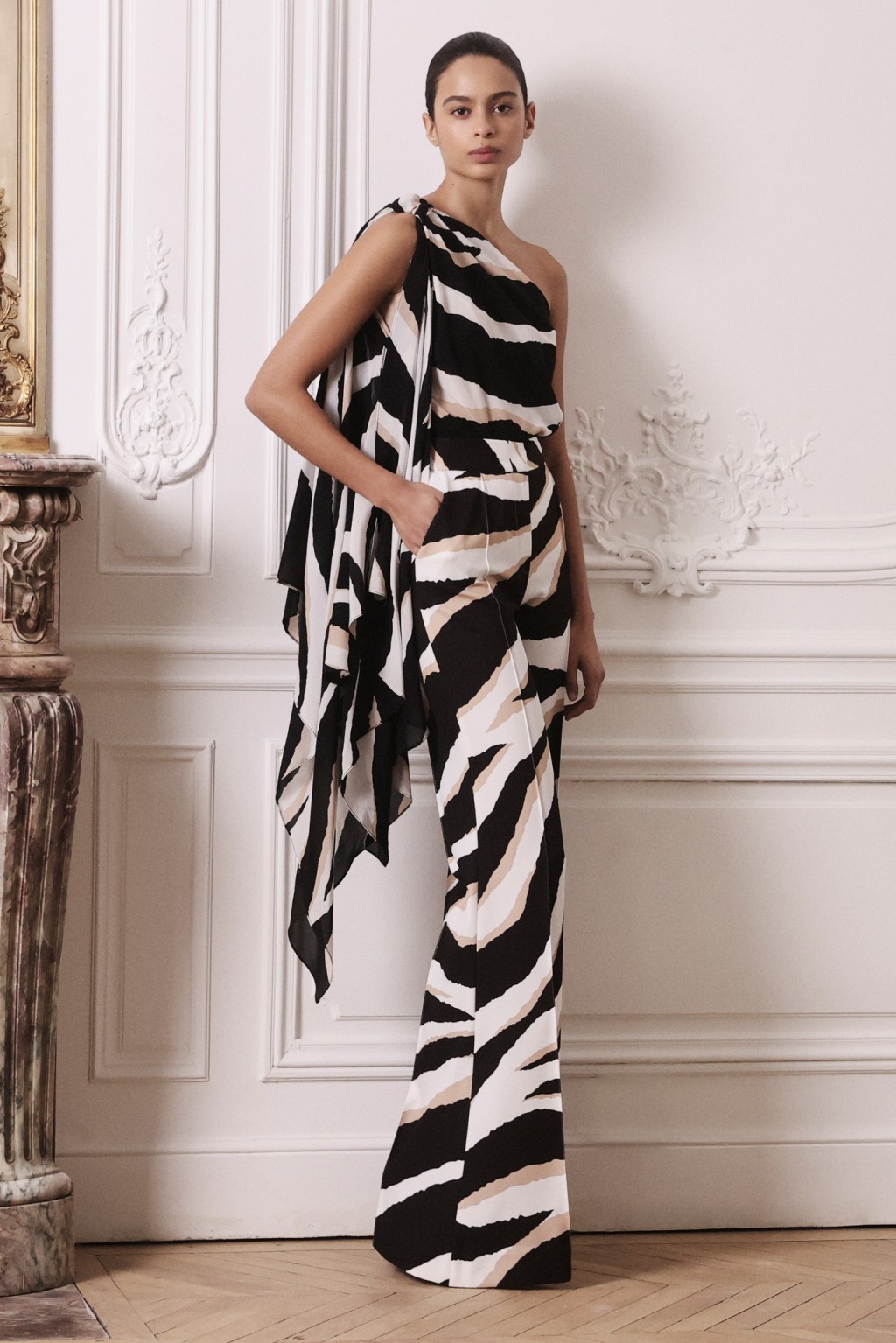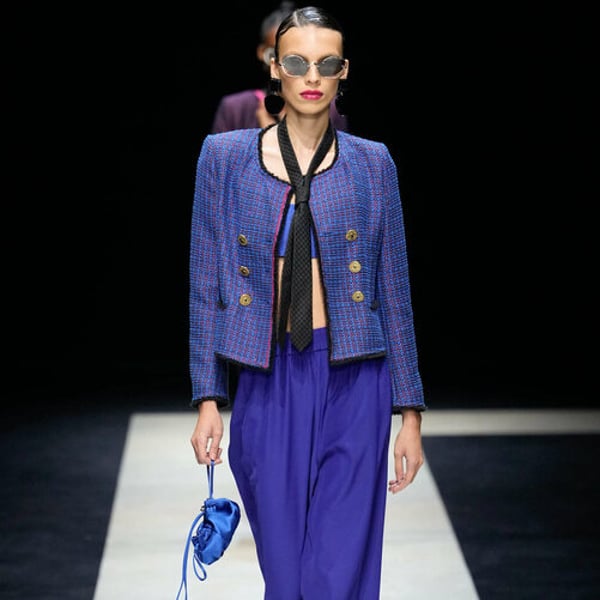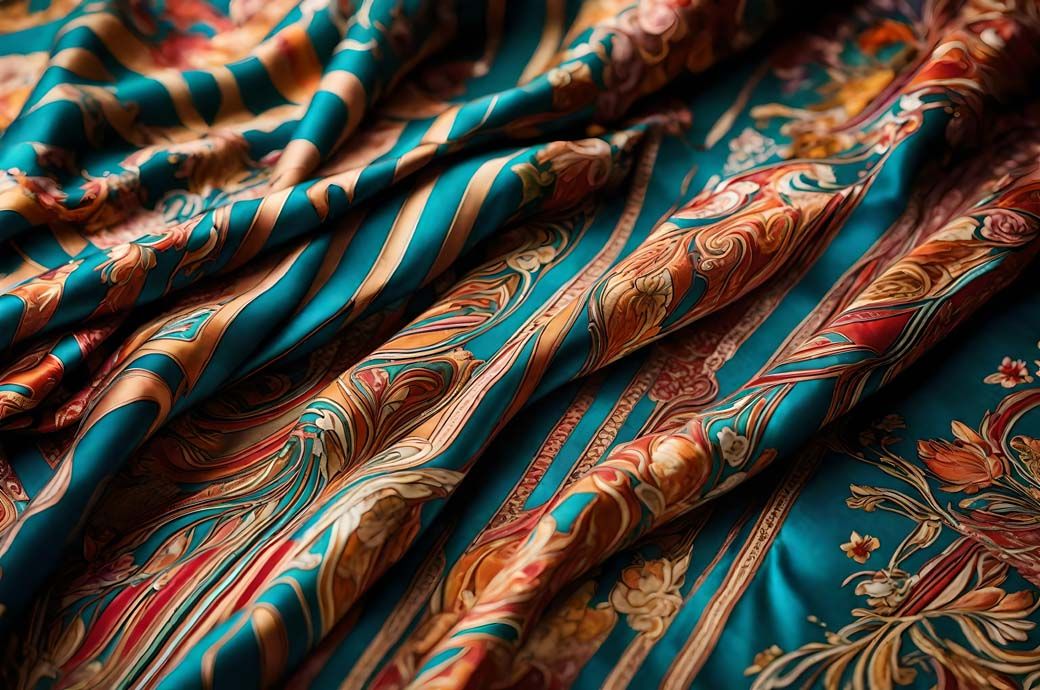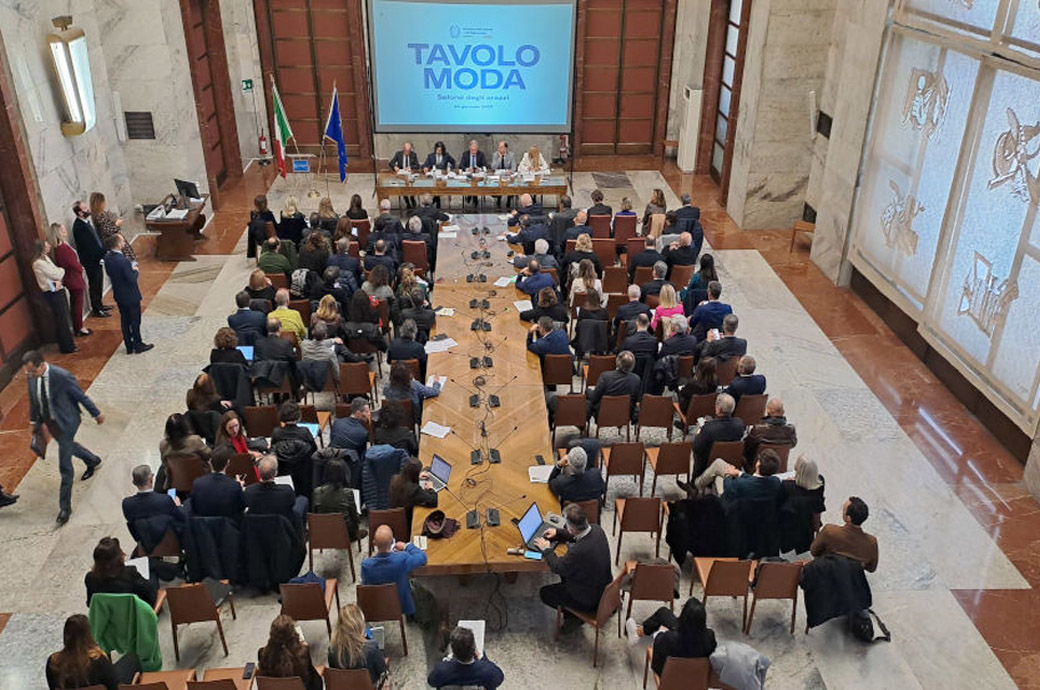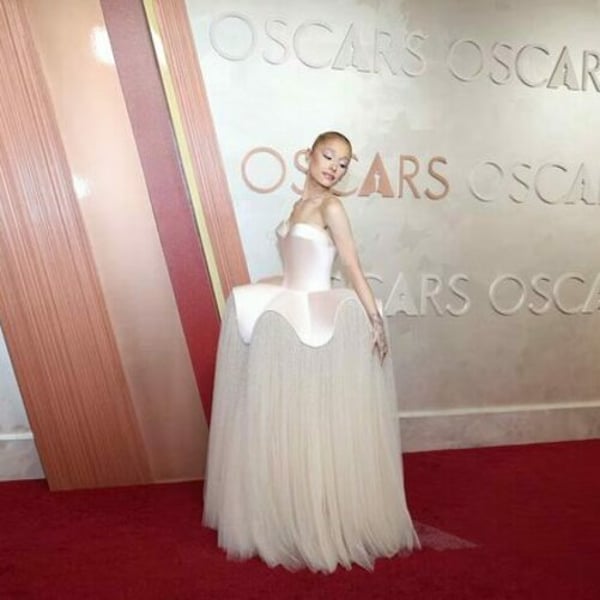You could have heard a pin drop on Yohji Yamamoto in the silence that accompanied his black-clad opening models. Not that you have: the Japanese designer is a master tailor and there would be nothing wrong, no pins or anything else.
But that first group drew attention to standout cubes that made the classic clean cut of a coat with serrated shoulders or created a bustle effect under the back of a jacket.
A key to Yamamoto's fall season had been offered in his invitation. On the shiny side, the matte print gave the details of his show. The other side was matte, clearly highlighting the outline of a cubist-style profile.
Backstage, when asked why he had been thinking about that art movement, the designer responded with his inimitable deadpan: “I don't know, I was just inspired.”
But considering the times in which we live, it was not difficult to draw a parallel with the time in which “Guernica” was born, possibly one of Pablo Picasso's most famous works: economic crises, the rise of extremism and nationalism, a global crisis geopolitical on the brink of the abyss.
Instead of canvas and paint, Yamamoto's medium is fabric and more than ever, I felt like he let his instinctive side take the wheel. Case in point: he said he couldn't talk about how he arrived at these silhouettes. “During the tests I can change, I can play,” he said firmly.
So there were the trappings of the world as we know it, with its suits, its dresses, its outerwear, its utilitarian garments, whose shapes slowly distort as they are dissected into cubic units.
Then came plaids and other geometric fabrics, with colors and patterns reminiscent of the works of Georges Braque, Picasso's artistic counterpart in the creation of Cubism. Squinting on that dim catwalk, you could swear there was the silhouette of a guitar in the flurry of volumes and lines that stood out from under a jacket.
Elsewhere, Yamamoto had his pattern pieces literally hanging by a thread, revealing contrasting linings. Throughout, the silhouettes were sculptural, but the individual pieces were statement pieces, not surreal gestures.
A final gray-clad group brought a sense of return to calm, perhaps even hope, with the boils of the dark fabric fading to become a trailing presence on the backs of soft, tailored long coats and loose-fitting suits. .
As they disappeared, one idea resonated loudly in the silence: only a designer with Yamamoto's considerable technical mastery could realize such an artistic parable with such perfection.
For more Paris Fashion Week reviews, click here.

